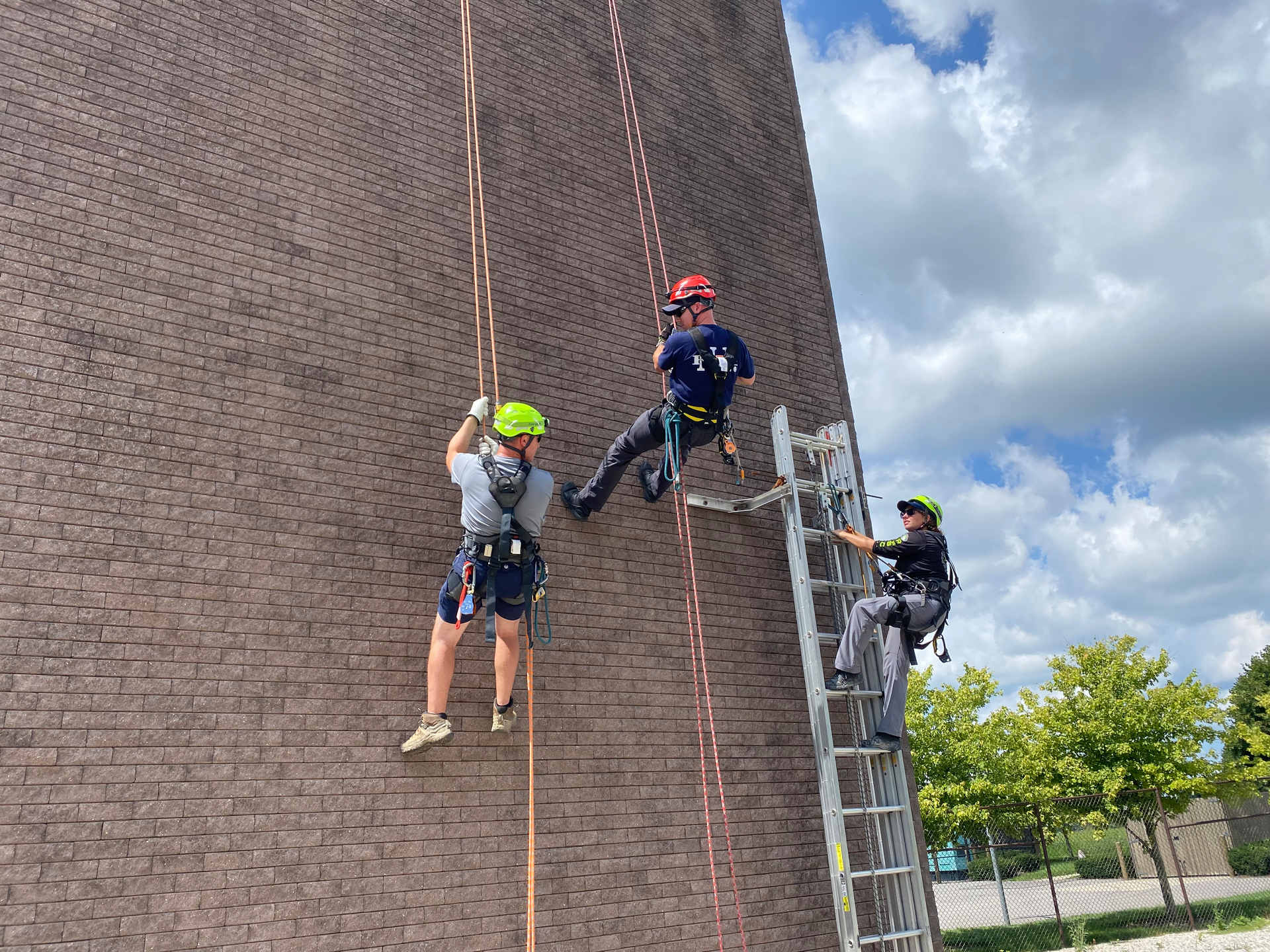When it comes to emergency response and rescue operations, time is of the essence. Every second counts, and every tool and technique available must be used effectively and efficiently to save as many lives as possible. One critical tool in rescue operations is the rope access system, which allows rescuers to reach and retrieve victims in difficult-to-reach locations, such as collapsed buildings, high-rise structures, or water bodies.

However, not all rope access systems are created equal. Some are system-based, which means they follow strict guidelines and protocols, while others are personal, which means they are customized to the individual rescuer's needs and preferences. Both types have their advantages and disadvantages, but personal rope access concepts have been gaining popularity among rescue departments that value flexibility, speed, and innovation.
One example of a rescuer who advocates for personal rope access concepts is Dalan Zartman, a veteran firefighter, and founder of a rope rescue training program. Zartman believes that a system-based approach can limit rescue operations by relying too much on predefined procedures and equipment, which may not be suitable for every situation. Instead, he encourages rescuers to adopt a mindset of mission-focused adaptation, meaning that they should develop their own methods and tools based on the unique challenges of each mission.
One such tool that can help rescuers adapt to different scenarios is the rope handle bag. Rope handle bags are versatile and durable containers that can hold and protect ropes, cables, and other equipment used in rope access systems. They come in different sizes, shapes, and materials, depending on the intended use and environment. For example, a rope handle bag for cave exploration may be made of waterproof and abrasion-resistant fabric, while a rope handle bag for high-rise rescue may have reflective and visibility features.
The advantages of using rope handle bags in rescue operations are many. Firstly, they help organize and transport essential tools and equipment, so rescuers can focus on executing the rescue plan instead of searching for gear. Secondly, they protect ropes and cables from damage and wear, which can compromise their strength and reliability over time. Thirdly, they can be customized to fit the rescuer's needs, such as adding pockets, hooks, or straps for easier access and handling.
Moreover, rope handle bags can be integrated into personal rope access concepts by allowing rescuers to design and assemble their own rope access systems based on the mission's requirements. For example, a rescuer may need to use multiple ropes of varying lengths and diameters to reach and extract a victim from a collapsed building. Instead of relying on a predefined system that may not fit the situation, the rescuer can use a combination of rope handle bags to store and deploy the ropes as needed.
In conclusion, rescue departments that value innovation, adaptability, and efficiency can benefit from incorporating personal rope access concepts into their operations. Rope handle bags are one example of a tool that can enhance rescuers' ability to customize their rope access systems to meet the mission's demands. By doing so, they can increase their chances of success and save more lives in the process. Remember, in rescue operations, every second counts, but the right tools can make a significant difference.